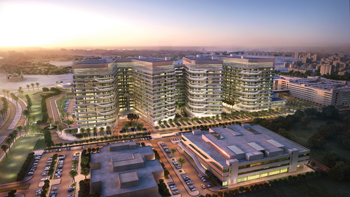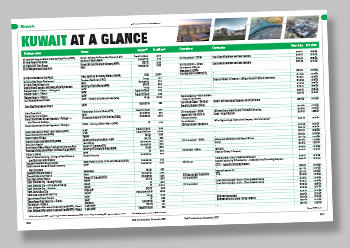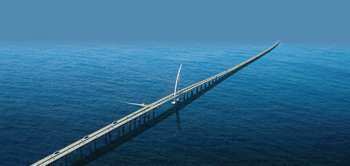
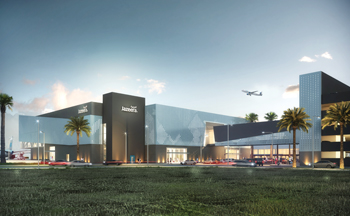 The new terminal for Jazeera Airways ... an artist’s impression.
The new terminal for Jazeera Airways ... an artist’s impression.
Work on a new terminal for Jazeera Airways at Kuwait International Airport is scheduled for completion next month (January 2018), to enable the state-of-the-art facility to become fully operational and open for travellers by March 2018.
Once it opens, the new terminal will help reduce the current overcrowding at Kuwait International Airport, diverting 1.5 million passengers a year from the airport once it opens – a figure which is expected to increase to more than 2.5 million travellers per year in the next few years.
Pace is collaborating with Jazeera Airways to design and construct the new terminal. The leading multidisciplinary firm’s scope of works includes architectural and interior design, engineering, programme management and construction supervision of the entire project.
The development, among the most important infrastructure projects in Kuwait, comprises a flight terminal, car parking, retail, offices and food and beverage outlets.
Commenting on the project, Pace’s CEO Engineer Tarek Shuaib says: “The building has been designed to highlight reliability and strength, which reflect the core values of the airline that will call it home.”
To represent the iconic Jazeera Airways logo, a diamond-inspired facade was designed using a combination of perforated metal mesh and glass, interwoven to give a three-dimensional visual for the exterior. The exterior also features grey limestone and dark rendered concrete to create a stark and eye-catching contrast to the blue glass and silver metal. The perforated mesh additionally allows a dazzling interior effect of shade and light.
“The centrepiece of the facility is a colourful and energetic feature wall which extends from the arrivals gates to the baggage claim terminals and into the main arrivals hall. This wall serves to distinguish the terminal from most other staid and utilitarian airport terminals across the world,” adds Shuaib. “The design of the interior walls subtly conveys the Jazeera brand throughout the building, and can be replaced at low cost to provide a quick new look and feel of the structure.”
A five-level car-parking facility will provide 354 parking spaces and relieve the existing and often overcrowded airport parking lots, Shuaib says, adding it is a key component of Jazeera Airways’ ‘Park & Fly’ initiative.
“The strategy aims to reduce both the congestion at the terminal and long check-in times. A dedicated bridge will speed up travellers’ transit directly from the parking to check-in and security, minimising the period needed for land-side processes,” he adds.
The interior of the terminal is contemporary in design, and creates a relaxed atmosphere for business and leisure passengers alike. Grey granite flooring complements the cherry wood panelling on the walls, creating a calming effect. LED lighting has been used in place of the harsh lighting found in most airports.
Shuaib says special attention was given to study and fully comprehend the movement and circulation of passengers around the airport, in order to optimise and ease traffic flows in areas such as the check-in and arrivals sections, and duty-free shopping areas. The terminal is also equipped with the latest in security systems.
Challenges
Despite the high performance standards required throughout the process, Pace was entrusted to complete the design within five months, and fast-track the construction to 12 months from the start date. Due to this, the design had to accommodate modifications while construction was in progress, and maximise off-site prefabrication of components to increase productivity.
Shuaib explains: “In line with Jazeera Airways’ motto of having a great impact at lower costs, our challenge was to create an award-winning building that is perfectly designed and innovatively constructed in a record time within a limited budget. Our inventive solutions made it possible to meet and exceed our client’s demands. One example of this is how we worked the internal lightings with the perforated steel mesh and glass on the exterior to illuminate the building from the outside without using any exterior lighting.”
The project is located in a pre-developed section of Kuwait International Airport, which houses significant and complex underground services; therefore, all safety precautions were strictly applied so as not to disrupt the navigation systems, or damage the network of utilities during relocation and diversion.
Other challenges of the project were the short lead time for purchasing and procurement of essential equipment and operational apparatus such as lifts, escalators, security check machines and baggage handling systems.
“Processing government transactions and issuing building permits in such a short span of time was also a challenge that has been successfully overcome,” he concludes.














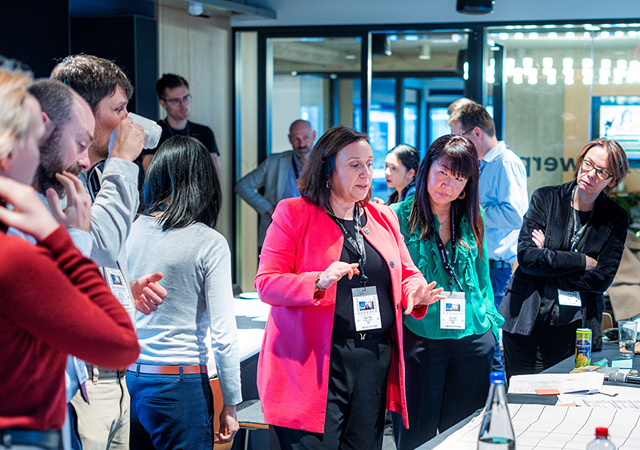


.jpg)

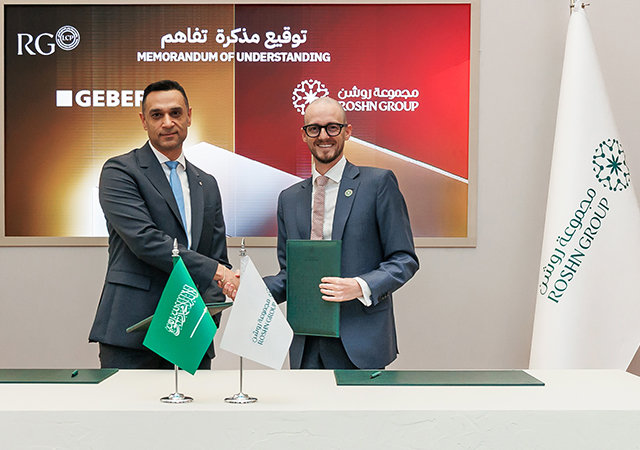
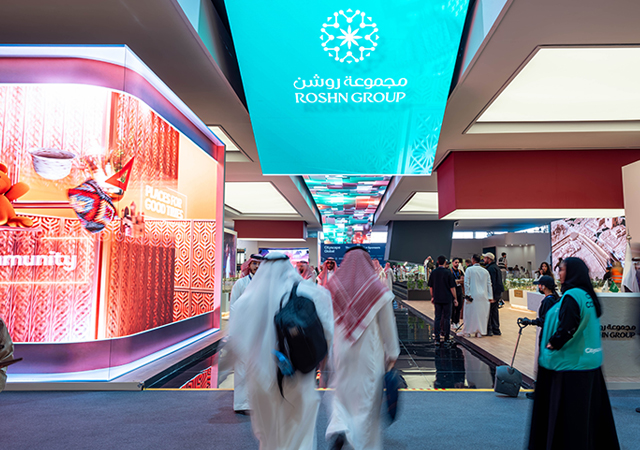



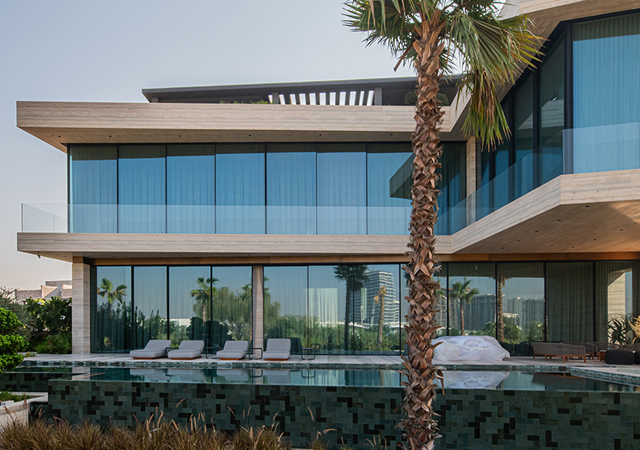
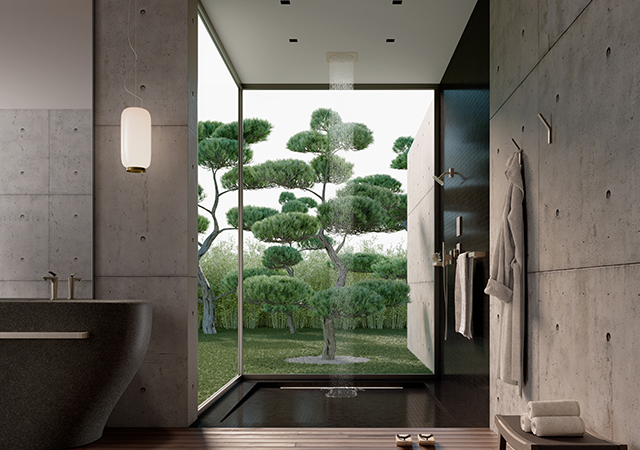

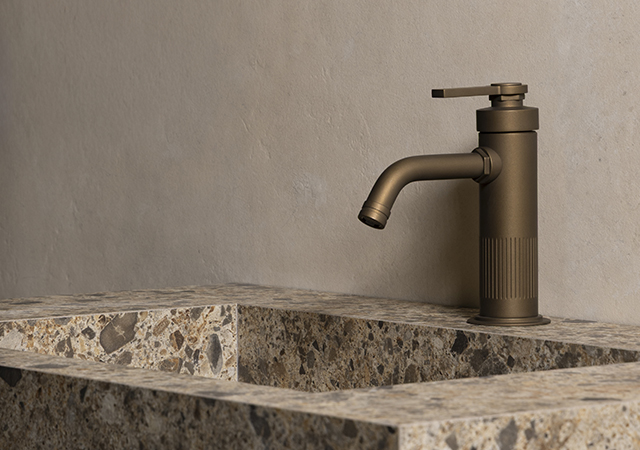

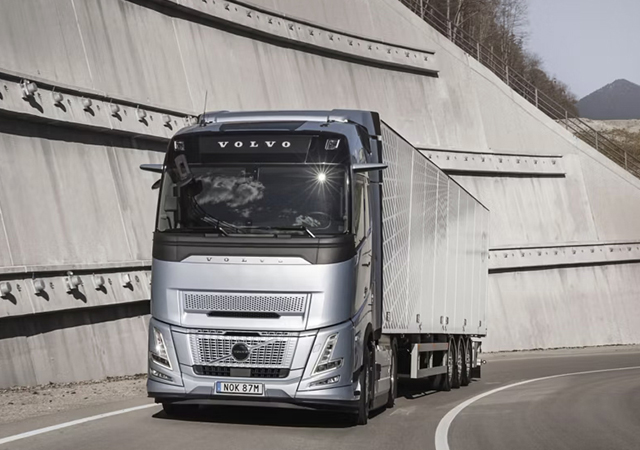

 (1).jpg)



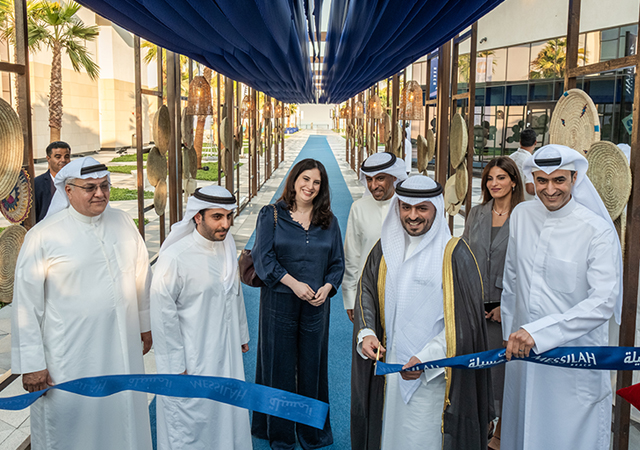

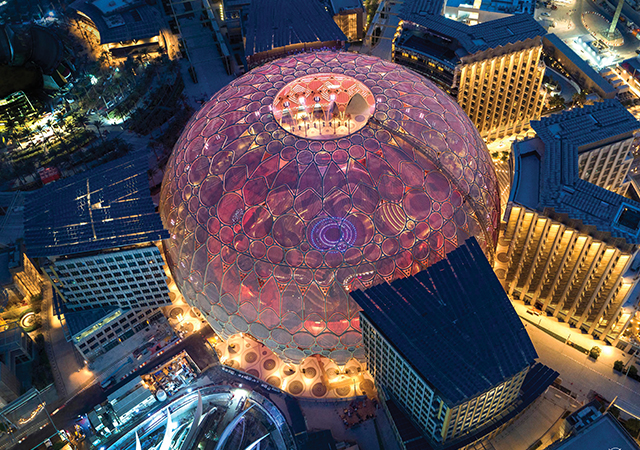









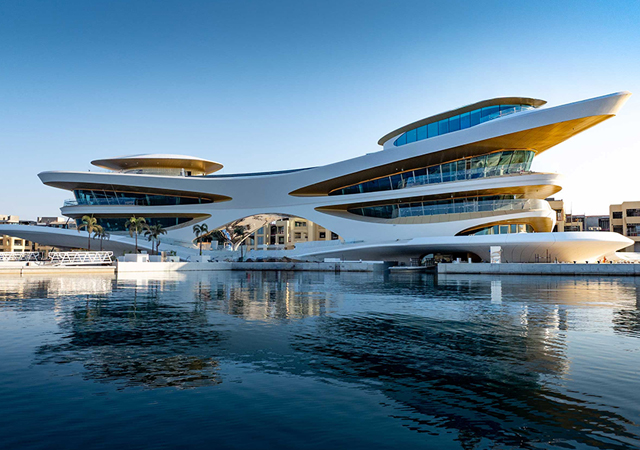


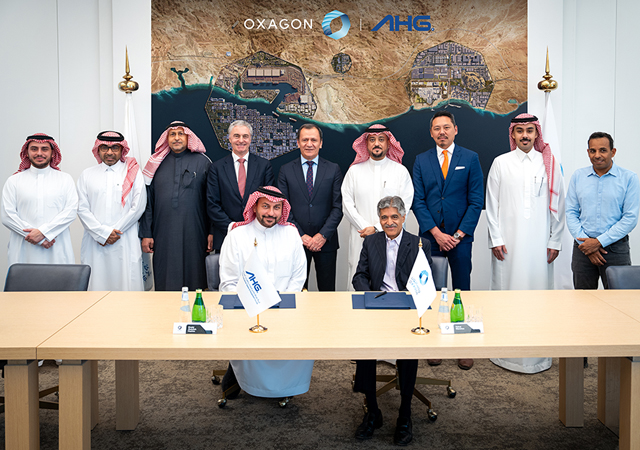

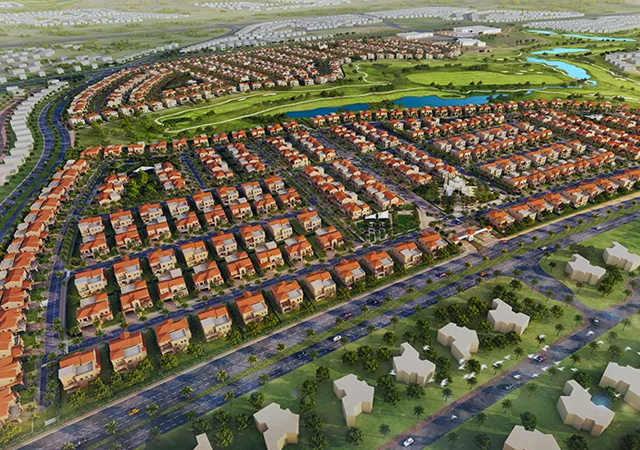
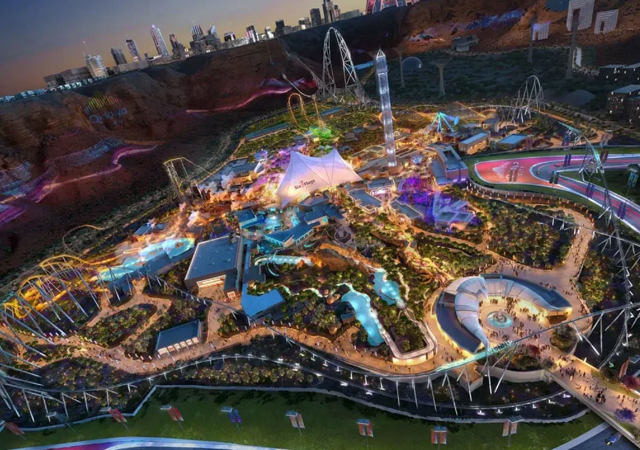
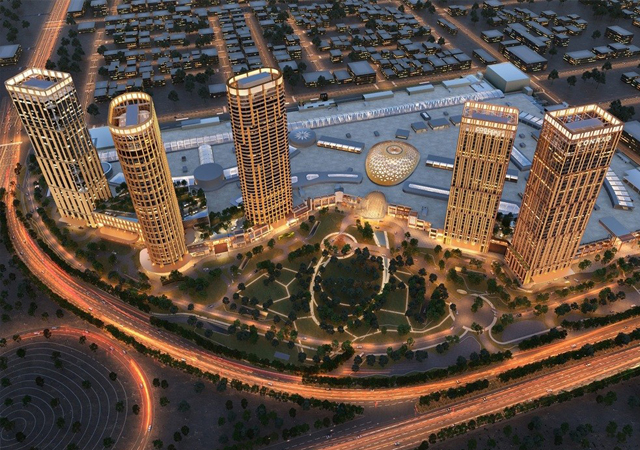





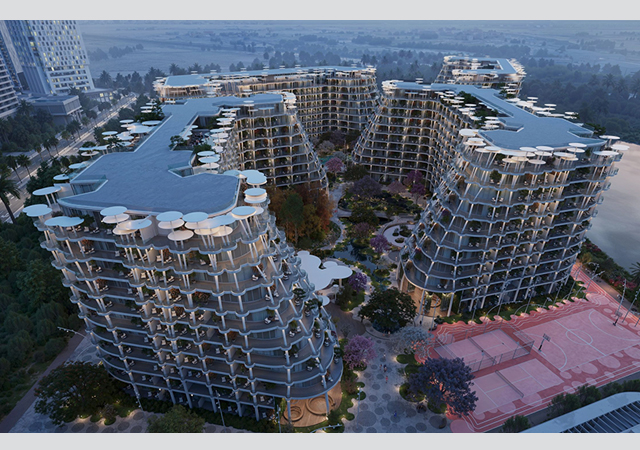
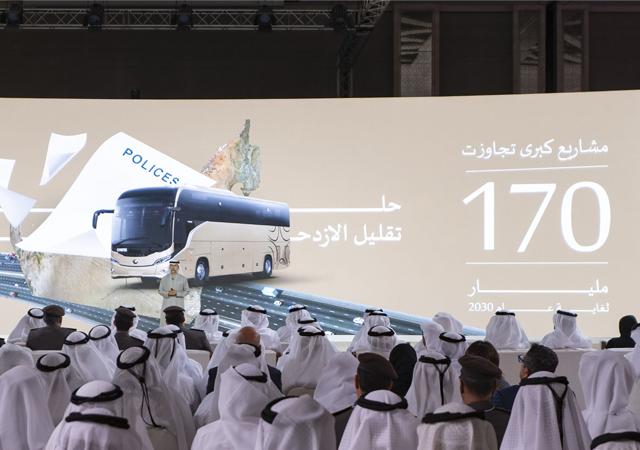






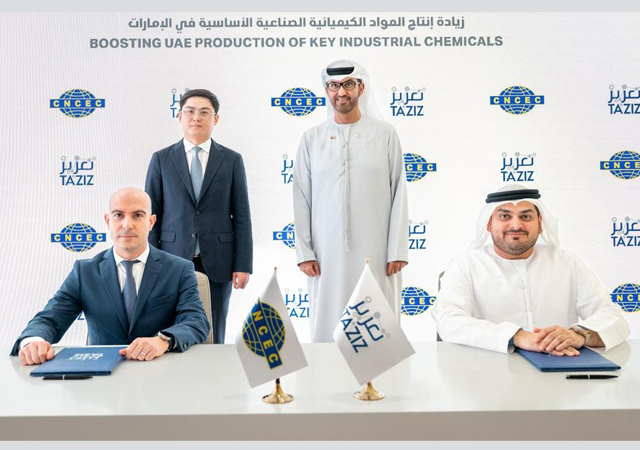









.jpg)
